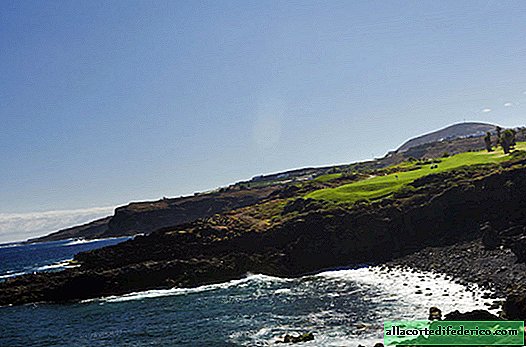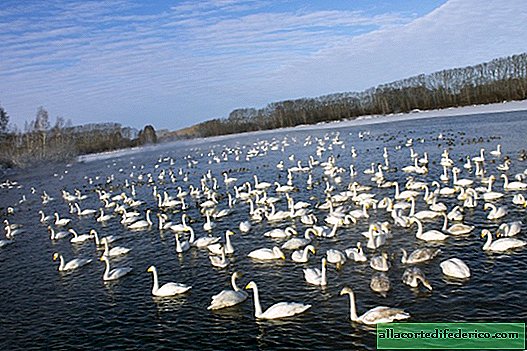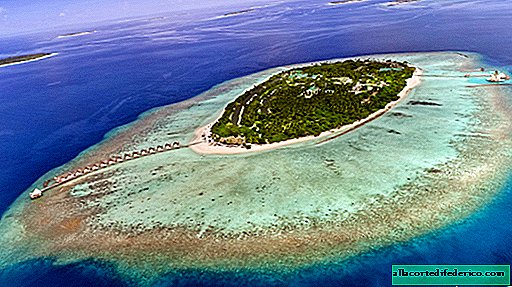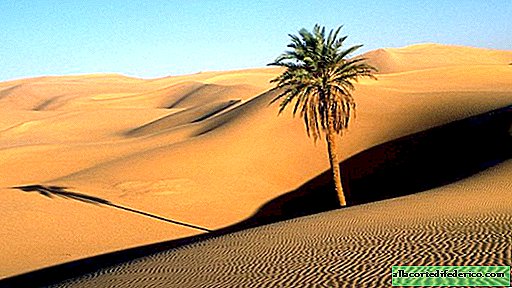How Peru plans to revive Indians' channels to combat drought
The indigenous peoples who inhabited the territory of modern Peru before the arrival of the Spaniards coped well with the problem of droughts and lack of water resources. The grandiose system of water channels and ponds helped them in this. In modern Peru, they faced a similar problem, which is exacerbated every year against the backdrop of population growth. Therefore, the leadership of this South American country decided to resort to the experience of the ancient inhabitants of the Andes and create a man-made system that can withstand droughts.
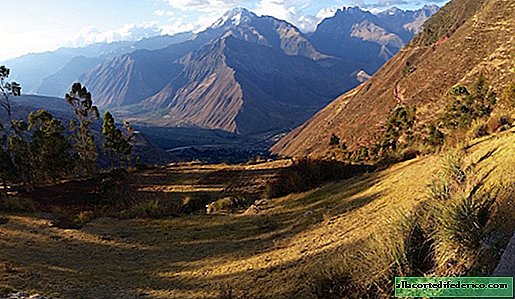 Peru
PeruThe presence of the Andes mountain system and the proximity of the Pacific Ocean form an amazing variety of climatic zones in a relatively small territory of Peru. And if on the coast throughout the year it is quite dry and warm, and in the eastern valleys it rains regularly, then in the central part of the country a climate is formed with a pronounced dry and rainy season. Moreover, the vast majority of the country's over 30 million people are concentrated on the coast and in the central part of the country, just where there is an acute shortage of water in the dry period. The capital of the state, the city of Lima, whose population exceeds 9 million people, is especially affected by the dry and hot climate. In addition, in recent decades, climatologists have noted the instability of rainfall during the rainy seasons caused by modern climate changes on the planet.
 Most of Peru's population is concentrated in the arid western regions
Most of Peru's population is concentrated in the arid western regionsTo solve the problems of water supply in Peru, they decided to resort to the experience of the indigenous people of this region, who successfully existed in a drought long before the Incas arrived for centuries. And today, you can observe the preserved channels through which the Indians diverted water during the rainy season. One of them is located in the area of the settlement of Huamantang. And not far from the Peruvian city of Cajamarca, the remains of an unusual water channel, cut through in the rocks and having mysterious smooth right angles, have been preserved. Excess moisture during heavy rainfall collected from the mountain slopes in special channels that diverted water to low-lying areas. This was done by blocking the channel of mountain streams and diverting part of the water flow. In special ponds and canals, water was stored until the drought and was used by the local population for irrigation of fields, as well as personal needs. This seemingly simple system made it possible for a significant number of Indians to exist in a region with an arid climate.
 Ancient water channel in Peru
Ancient water channel in PeruThe Peruvian government intends to build something similar in the first place to provide water to the densely populated metropolitan region. According to engineers, the canal and drainage system will allow to accumulate up to 33% of the moisture entering the region during the rainy season. This means that the capital will be able to receive an additional up to 90 million cubic meters of water. At the moment, engineering surveys and consultations are being conducted with experts from different countries who believe that the experience of the ancient Indians can and should be used in modern conditions.

